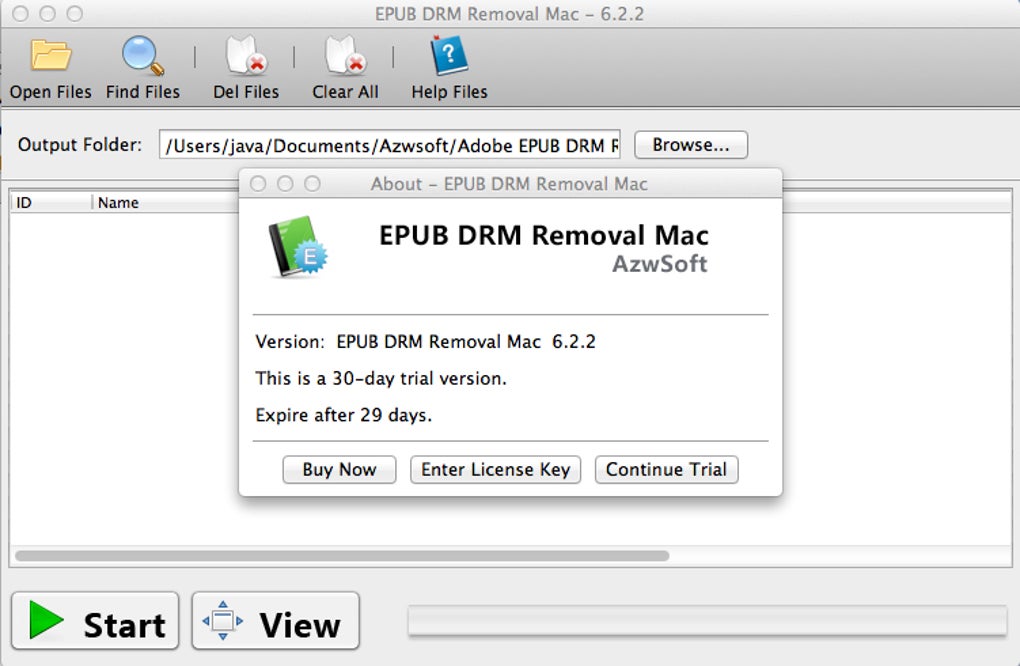

So all you have to do is zip the contents of the "OEBPS" folder and then rename this ZIP to "BOOKNAME.epub" and you can use the book again in Caliber and thus all other eReaders.Connecting the RIGHT readers with the RIGHT books The iBooks ePub package appears as a folder on Windows. Incidentally, the whole thing also works under Windows: If you have received an ePub from a Mac user that is faulty due to iBooks, the procedure is identical. Who wants to automate the whole thing, find some shell scripts herethat make the job easier. That's it: The newly created ePub file can be used again with the usual eReaders and you can easily import it into Caliber or into other eBook programs for further use there. “BOOKNAME” is of course just the filename: you can use whatever you want here. All you have to do now is move it somewhere and then rename it to “BOOKNAME.epub”. This makes it easy to convert eBooks in Apple ePub format for other readers: simply open the “OEBPS” folder and then mark all files with (CMD)+(A) and right-click on the marked files.īy clicking on “Compress” you will get a file called “Archive.zip”. The result: the files can no longer be used with other readers. Here you can see that the original ePub is contained in the Apple ePub as the “OEBPS” folder. You can see this by right-clicking on such an ePub file and selecting "Show Package Contents". But the reason for this is not forced DRM, as claimed in many places: Rather, Apple's iBooks app unpacks the ePub files (which are actually just special ZIPs), adds its own stuff and packs the whole thing back up as an ePub file in the form of an "ePub -Packages”. ePub from iBooks: Looks normal but doesn't work with other readers after export.īut far from it: as soon as you try to use these files with or without caliber in another e-book reader, it doesn't work: the import just won't work. If you export the ePub files to the Mac via drag & drop, they also look like regular ePub files at first. Unfortunately, this is not yet possible on the iPhone and iPad. What iBooks does to eBooksĮxporting eBooks from iBooks is initially quite simple: You need a Mac with the iBooks app and can then simply drag the book to the desktop (or to any folder).

The only problem is: Get out - for example on the Tolino or via Caliber on the Kindle – you can no longer get the books at first. This is very convenient for frequent readers, because your favorite book is at hand on any iPad, iPhone or Mac – reading progress included. Apple's iBooks app is actually a wonderful thing: it can self created or eBooks loaded somewhere simply entered, synchronized and, of course, read here.


 0 kommentar(er)
0 kommentar(er)
